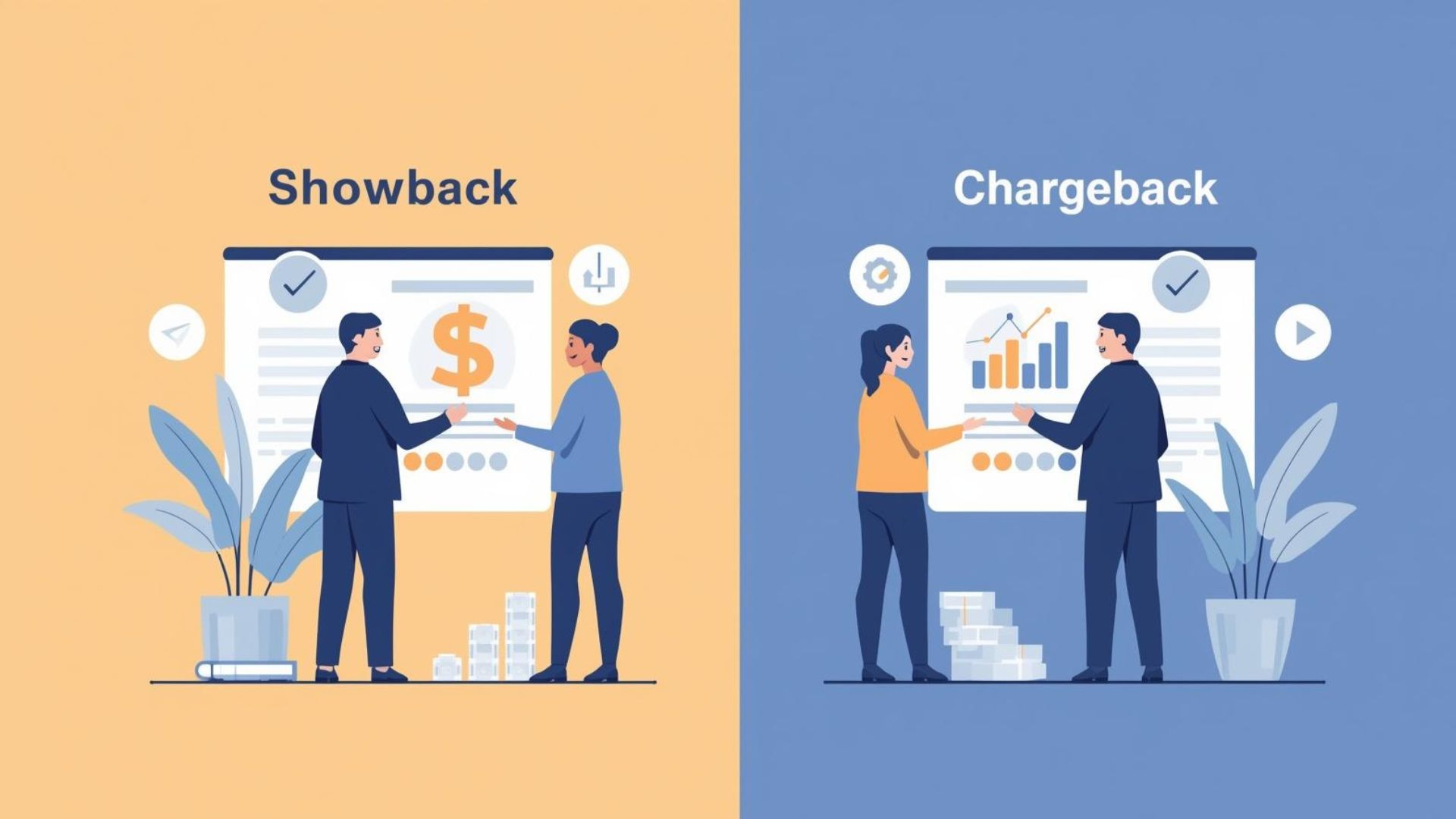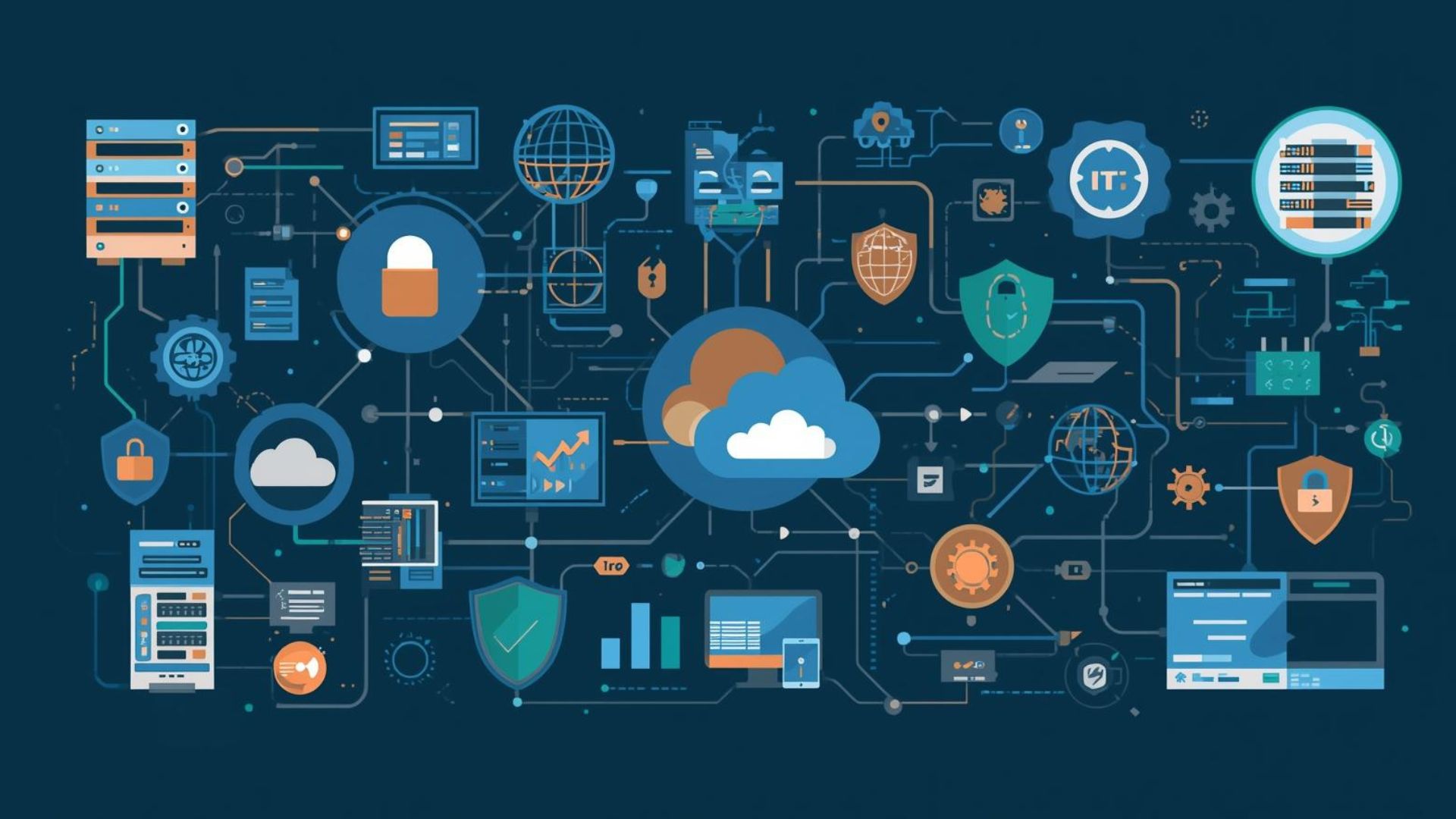Share this:
How you – and your team – can make better decisions in IT.
Think about the big corporate fiascos that have occurred in recent decades: the ignition switch debacle at GM, the BP oil spill, fake accounts Wells Fargo, the financial sector meltdown… All of these disasters share one inevitable cause: Someone (or many “someones”) made a poor decision.
Worse, headlines highlighting poor decisions are focusing increasingly on regular employees and not just the CEO of the company. From legal, PR, and simple self-interest standpoints, the pressure is on all professionals to avoid bad decisions.
IT is no different. Ransomware and other security breaches are often attributable to wrong decisions made by employees – sometimes as simple as not using two-factor authentication or updating passwords. Outages, too, can easily result from trusting incomplete analytics or overlooking a minor detail.
How Decisions Are Made
Wilfred A. Peterson said, “Decision is the spark that ignites action. Until a decision is made, nothing happens.” Based on this idea, you would think that companies spend a lot of time helping employees make better decisions.
Yet, this is not what actually occurs. 83% of respondents in an American Psychological Association survey said that employees at their organizations are vulnerable to group-think, the damaging tendency of team members to drive toward conformity at the expense of other team priorities.
Another three-out-of-four say they base decisions only on the information that is easily available, and 78% say employees are prone to basing decisions on their personal feelings rather than evidence.
What gives? Let’s look at three reasons why poor decisions happen, and six ways teams can make better decisions moving forward.
Why Do Some Employees Make Better Decisions Than Others?
1. Growth Mindset vs. Fixed Mindset
Mindset recognizes that people learn differently according to their attitudes toward learning. Some people have a growth mindset. They believe that building competence is more important than demonstrating competence. For them, learning is even more valuable than outcomes.
Growth mindset personalities enjoy working on new kinds of tasks, even if they fail during their early experiences. Such people view failure in positive terms—as a means of increasing knowledge and skills in the long run.
For others, it’s the opposite. Demonstrating competence is more important building competence. This is called a fixed mindset, where people tend to work mainly on tasks at which they’re already good – preventing them from failing in front of others. Such individuals view failure in negative terms and as an indictment of their ability and competence.
2. Expertise vs. Over-Confidence
Consider any complex project. Information and knowledge relevant to that project can be broken down into three different categories.
- Known knowns: information that people have and know that they have.
- Known unknowns: information that people do not have but know that they lack.
- Unknown unknowns: information that is relevant to the project but that people do not know they lack.
Unknown unknowns are considerations that a decision-maker does not anticipate. They are actions necessary for success that the decision-maker does not know about, possible moves or strategies that would make if only they knew of their existence.
The more unknown unknowns a person accepts (instead of trying to expand their circle of insights to illuminate), the more likely a bad decision will occur.
3. Logic vs. Intuition
According to Nobel Prize-winning behavioral economist Daniel Kahneman, humans rely on two systems to make decisions.
- System 1 refers to our intuition-led system, which is typically fast, automatic, effortless, implicit, and emotional.
- System 2 refers to reasoning that is slower, conscious, effortful, explicit, and logical.
Kahneman’s central position is that while we believe our decision-making relies on System 2, we actually rely on System 1.
Generally, having System 1 in control works well, especially for small or ordinary low-cost decisions. But always relying on System 1, which includes biased and flawed intuitions, produces systematic errors.
These errors take the form of classic decision traps, which include anchoring, attribution, availability, confirmatory bias, escalation of commitment, substitution and overconfidence.
Six Steps to Stronger IT Decision-Making
1. Use Formal Analytic Processes
In other words, use a programmed decision-making framework, such as a step-by-step linear model.
Researchers have found that linear models produce predictions that are superior to those of experts across an impressive array of areas. In general, the use of linear models can help decision-makers avoid the pitfalls of many judgment biases.
Big data and artificial intelligence are leading the way on this front. For example, when hiring, cutting-edge managers are using big data and analytics to take the guesswork out of recruitment and find applicants more likely to be happy and in their position for longer.
2. Silence Social Primes
Social priming, subtle nudges, and stressors pervades our society, and research on persuasion indicates that we are all vulnerable to them.
There are three styles leaders can use to help employees handle these obstacles:
- Appraisal-focused: for example, helping employees reappraise or reframe a situation in more positive light.
- Problem-focused: fox example, helping employees by removing roadblocks that prevent them from accomplishing their daily tasks. L
- Emotion-focused: for example, offering humor in times of stress.
3. Asking “Why” Questions
Asking why we employees are choosing a particular course of action awakens our System 2 (logical) thinking, because it causes us to explain whether our decision is a result of the way information is presented.
We are busy. Even worse, we often don’t have all the information we need, don’t notice available information, are bombarded with time and resource constraints, and really only have a limited amount of information in our usable memory – all of which makes us more liable to rely on System 1 thinking.
This is because the frantic pace of life causes System 2 to be a somewhat lethargic regulator that doesn’t (like to) expend much effort – so, rather than power-up, it decides to stay on standby mode.
Asking “why” causes employees to decide whether outside influences are playing a critical role in our decision-making. And if they are, would their decisions change if the information were to be presented in a different way?
4. Focus on Facts
When trying to develop solutions for problems, research shows that we tend to dive into figuring out solutions first. However, that fails to allow us to fully uncover the critical facts.
Instead, teams should spend the majority of their time uncovering facts about the problem or what led to the problem.
For an hour-long meeting, no less than 50% of the time (or 30 minutes) should be spent uncovering facts that are about the cause of the problem. This allows a shared dataset to be developed – which is critical, because it contains a more complete view of all the relevant information.
It’s one reason why root-cause analysis is so important in IT. This is a form of “analogical reasoning”, used to reduce boundaries of people’s knowledge. In effect, by surfacing all the relevant facts, we are forced to move from suboptimal System 1 thinking toward improved System 2 thinking. We have to consider and choose between multiple options simultaneously rather than simply accepting or rejecting options separately.
5. Take an Outsider’s Perspective
Taking a step back in the moment has been shown to reduce overconfidence and improve judgments.
One way teams can do this is by appointing a “devil’s advocate” or “red team” – individuals whose role is to look for vulnerabilities or argue contrarian positions (even if they don’t personally hold that position).
Encouraging people to “consider the opposite” of whatever decision they are about to make awakens System 2 thinking.
(Incidentally, this role may be well-suited for introverts, individuals who prefer to think and speak internally instead of externally, or even individuals from different cultural backgrounds. Because the role is “assigned,” it gives these individuals cover to avoid the social pressure that comes from rebutting their team’s general consensus – because that is exactly what they were asked to do.)
6. Balance Your Extroverts
In team settings, individuals who like to “think out loud” can be a detriment – especially if that person is the leader or a high-status team member – because their audible thoughts will lead discussions without leaving space for the unspoken thoughts of team members who prefer to think before speaking.
Leaders can boost their teams by prioritizing a willingness and desire to hear uniquely-held information. Furthermore, refusing to take a firm position at the outset leaves space for more information to emerge during the discussion.
Many studies have found that rank-and-file team members may self-silence because they fear retaliation. But leaders who model an open mind and ask for candid opinions can reduce this problem if every member knows that each of the others had something to contribute.
By consolidating independent data elements into unified metrics, Visual One Intelligence®’s platform correlates and interprets hybrid infrastructure data in order to illuminate cost-saving and operations-sustaining details that otherwise stay hidden.
There’s a lot to consider when evaluating software tools. That’s why we offer demos on-demand: no waiting, no sales pitch. Not ready to explore? All good! Follow us on LinkedIn or subscribe to our infrastructure newsletter to keep tabs on Visual One and hybrid infrastructure news.






